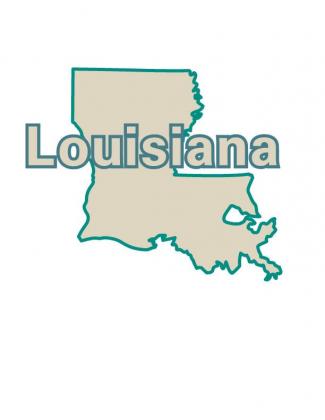
Jim Bradshaw
I thought we had come close to ending the conversation over interpreting the holiday recipes handed down from grandmothers and great aunts, but apparently not.
You may recall the earlier discussion about recipes that call for a smidgen of this or a tad of that. My wife and I wondered just how much salt or sugar makes up a “tiny” pinch, which is definitely smaller than a regular pinch, and how much hot sauce goes into a dash, which may or may not be smaller than a splash.
We tried to rank these measurements according to size, and decided that a pinch (which can be held between two fingers) is surely smaller than a sprinkle (which requires the action of several fingers). A smidgen is smaller than a pinch, we said, but bigger than a bit, and even a “little” bit is bigger than a touch.
Our final ranking, largest to smallest, was dollop, dab, dash, smattering, bit, tad, sprinkle, pinch, smidgen, touch, soupcon. We didn’t think of hint, which probably fits between touch and soupcon, and had to agree to disagree over whether itsy-bitsy is bigger or smaller than teensy-weensy.
End of conversation, we thought.
But now we are confronted with “gollop,” which apparently is a pretty good bit. We won’t go into how much makes up a bit or whether a “pretty good” one is bigger or smaller than just a “good” bit (both of which are prima facie bigger than a bit with no adjective at all).
We surmise that a gollop may be derived from, and is bigger than, a dollop, but can’t find any guidance on how many dollops are in a gollop.
Webster’s tells us that a dollop is “a shapeless mass or blob of something, especially soft food.” But the dictionary doesn’t tell us how big the blob is (the one in the movie was huge, one plopped on a plate not quite so big). We are also told that when it is used in recipes a dollop is something added “casually and without measuring,” which is no help at all.
“Gollop,” we’re told by one dictionary, could come from “gulp,” which seems to indicate it is small enough to be consumed in one swallow. That would make it smaller than a dollop, but that’s not the way I remember it being used in my family.
I always heard it in the context of “Uncle Ned could eat a whole gollop of mashed potatoes because he had a humongous appetite.” He could too and had the girth to prove it. But, alas, I never thought to watch carefully just how big his mashed potato serving was.
So that leaves us even more confused about how big or little a gollop might be, and whether it may grow or shrink according to whether it is applied to potatoes, yams, ice cream, or movie monsters.
Worse still, it raises the entirely new question of how big humongous is.
We figure that something humongous is probably bigger than something enormous, gigantic, or even colossal, but we’re not so sure whether it tops something gargantuan.
A collection of Jim Bradshaw’s columns, Cajuns and Other Characters, is now available from Pelican Publishing. You can contact him at jimbradshaw4321@gmail.com or P.O. Box 1121, Washington LA 70589.
